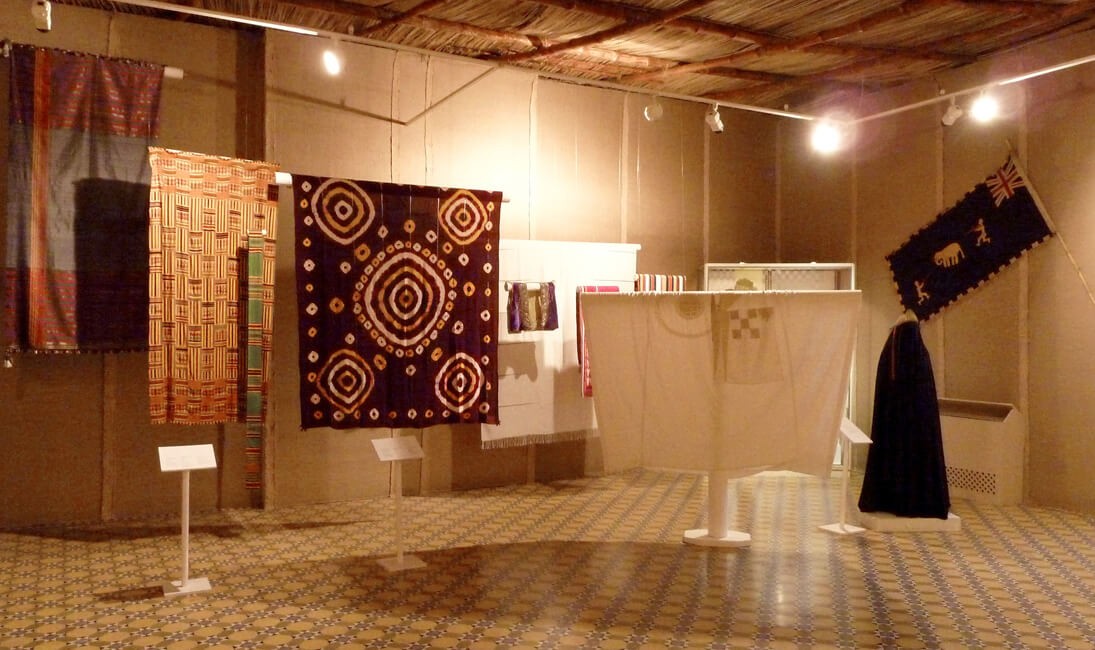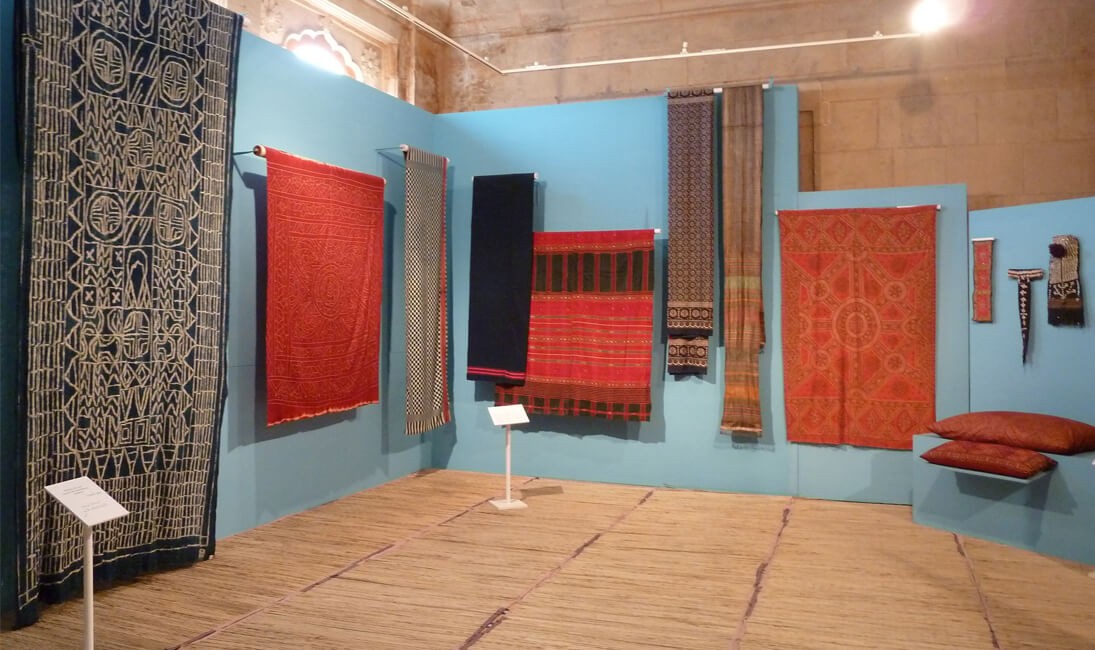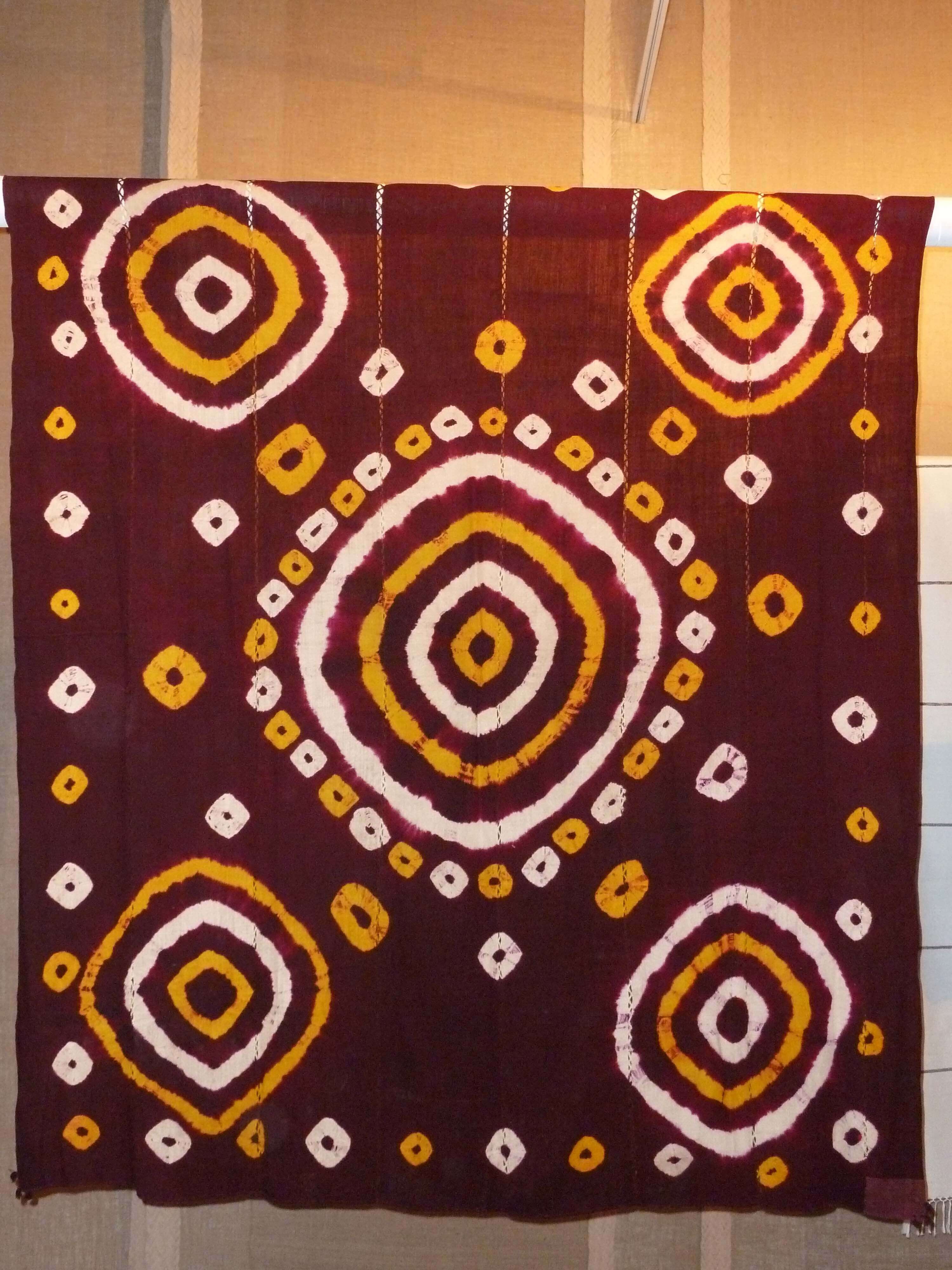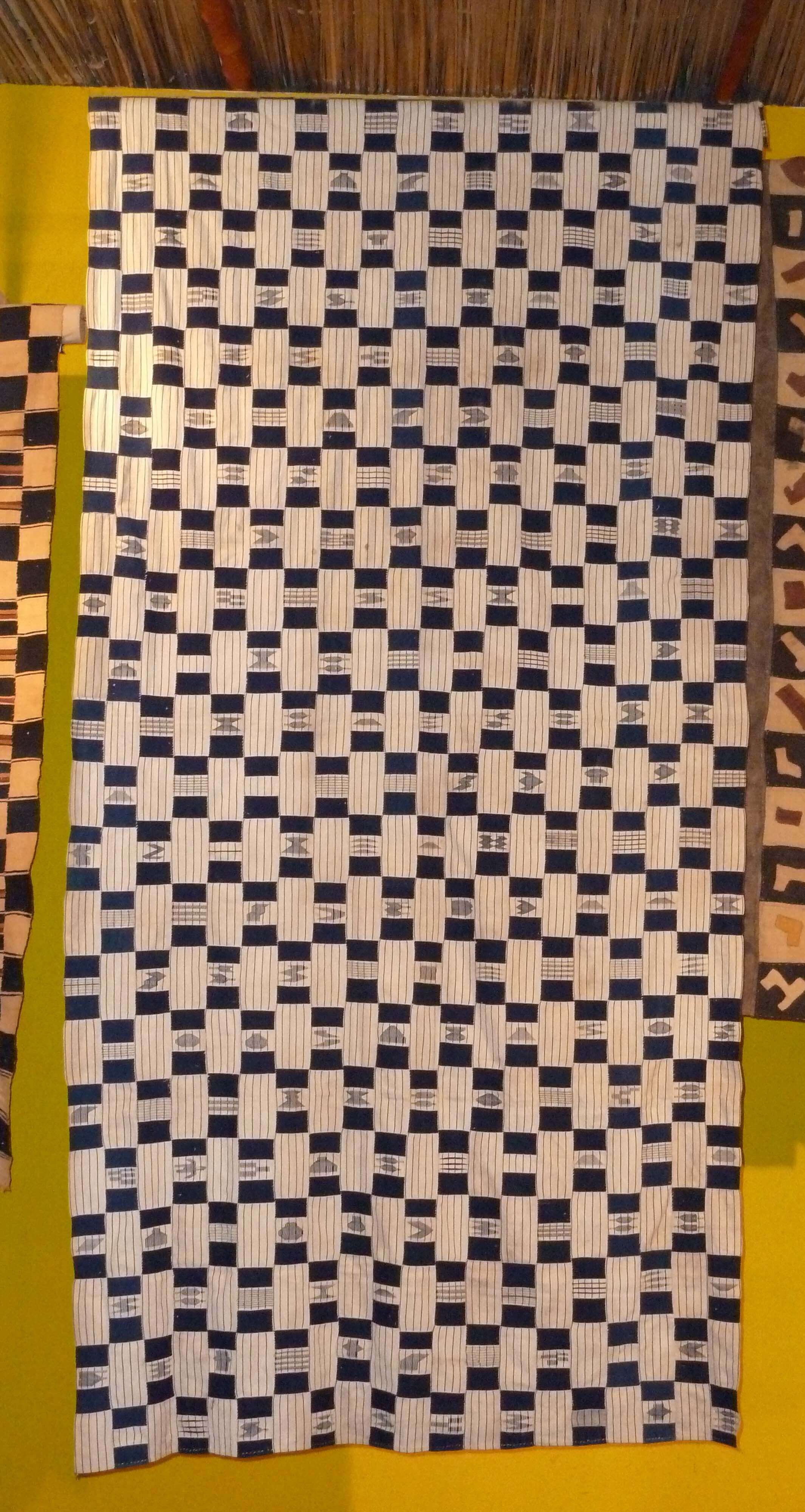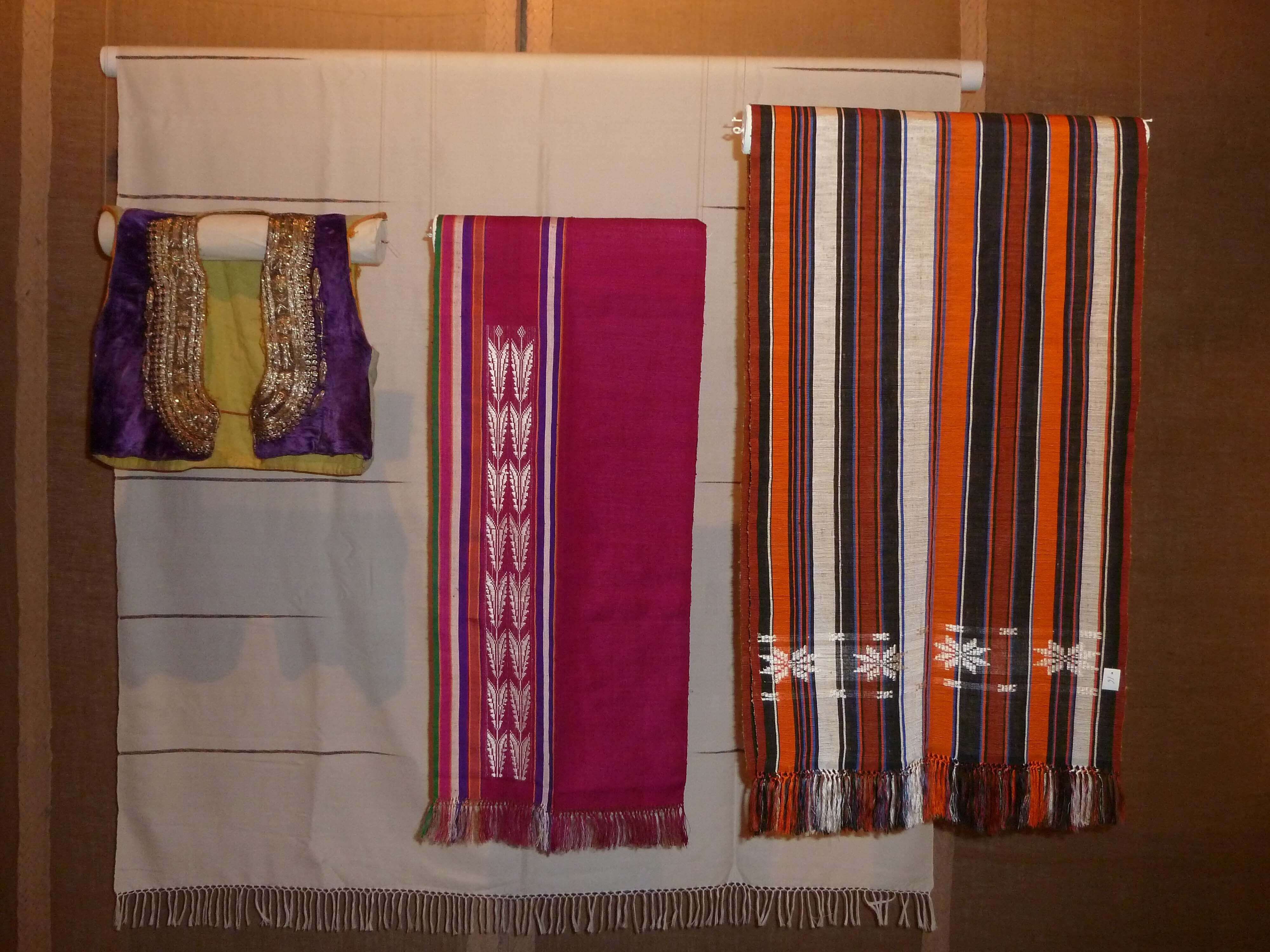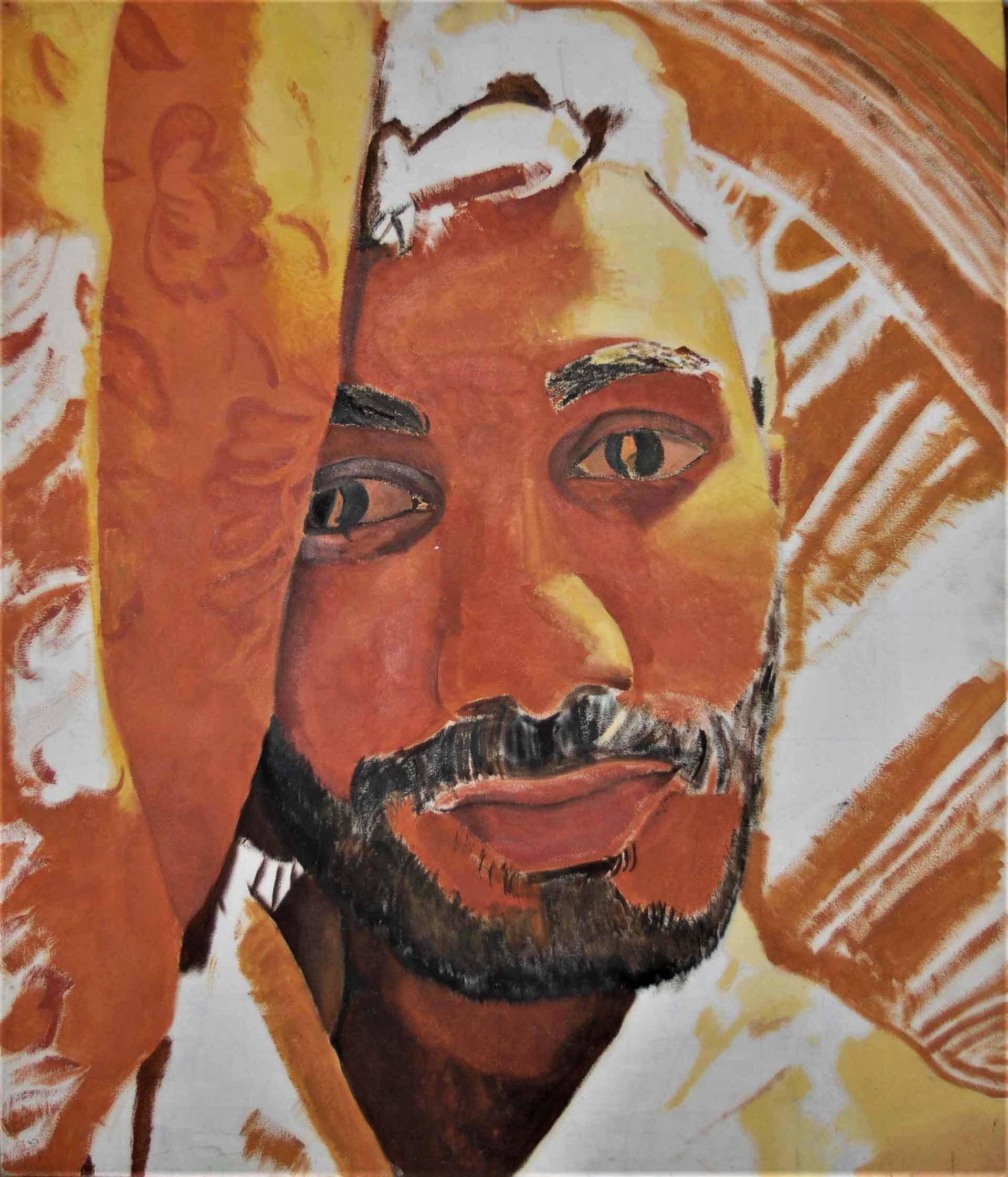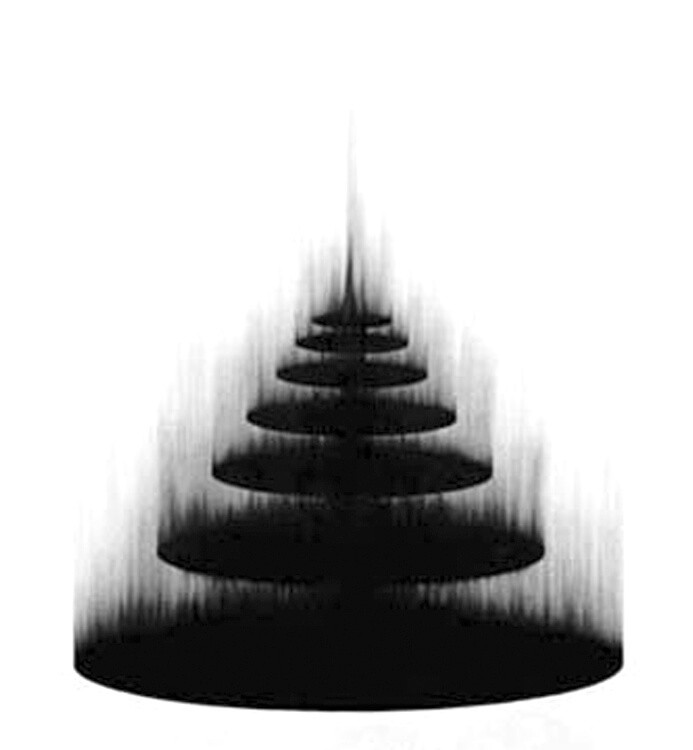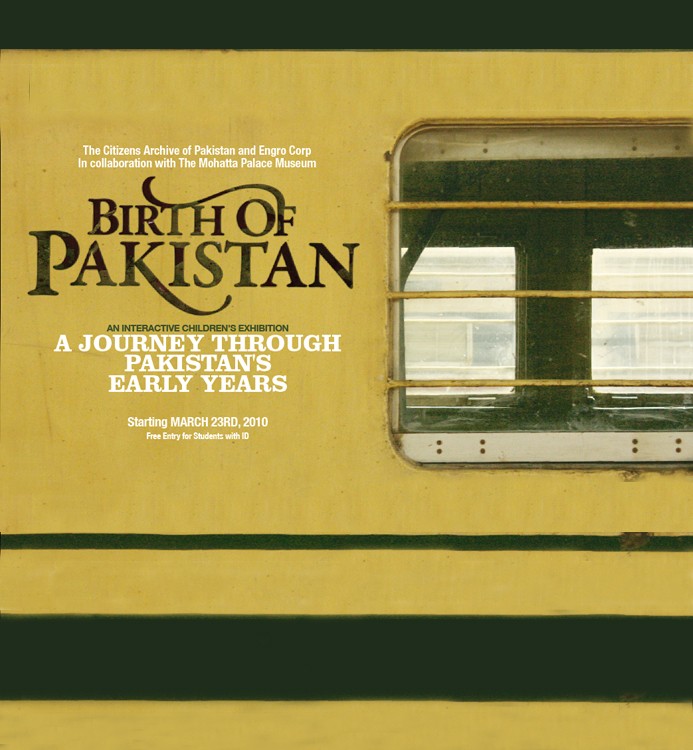January 10, 2012 - May 24, 2012
Sand and Silk: Textiles from Africa
Despite historical, trade and migratory links between South Asia and Africa, the land mass of Africa remains an intriguing continent. It's deep rooted sense of self, vividly expressed in its textile arts, encompasses widely differing materials, techniques and usage that continue to hold us in thrall till the present day.
The contrast of colour in traditional handcrafted African textiles, the stark simplicity of motifs and the nature of materials used, whilst markedly different from our tradition, offered us a window on a world that is both unique and compelling. As nomadic groups moved across territories they had criss-crossed for generations, their migration was protected by cosmic and talismanic symbols woven, printed or embroidered on their textiles. Symbols provided protection, prosperity and power; virility and fertility; happiness, joy or love; and the prospect of a safe journey from the material world to the world of the spirit.

The skill and creativity of African peoples from different regions were presented in the exhibition. The exhibits included techniques of strip weaving, cut pile raphia embroidery, tie and dye, stitched resist work, bead work, shell decoration most dating from late 19th to the early 20th century. The exhibition was drawn from the collection of John Gillow, an internationally known author, curator and collector of textiles.

The exhibition was an attempt to foster awareness of an art form, a world apart from ours, yet one with which our own textile traditions have distinct affinities. The peoples of the Indus and the peoples of the Nile, two of the greatest civilisations of the ancient world, use elements from their landscape along with indigenous materials to adorn themselves and their habitat.

